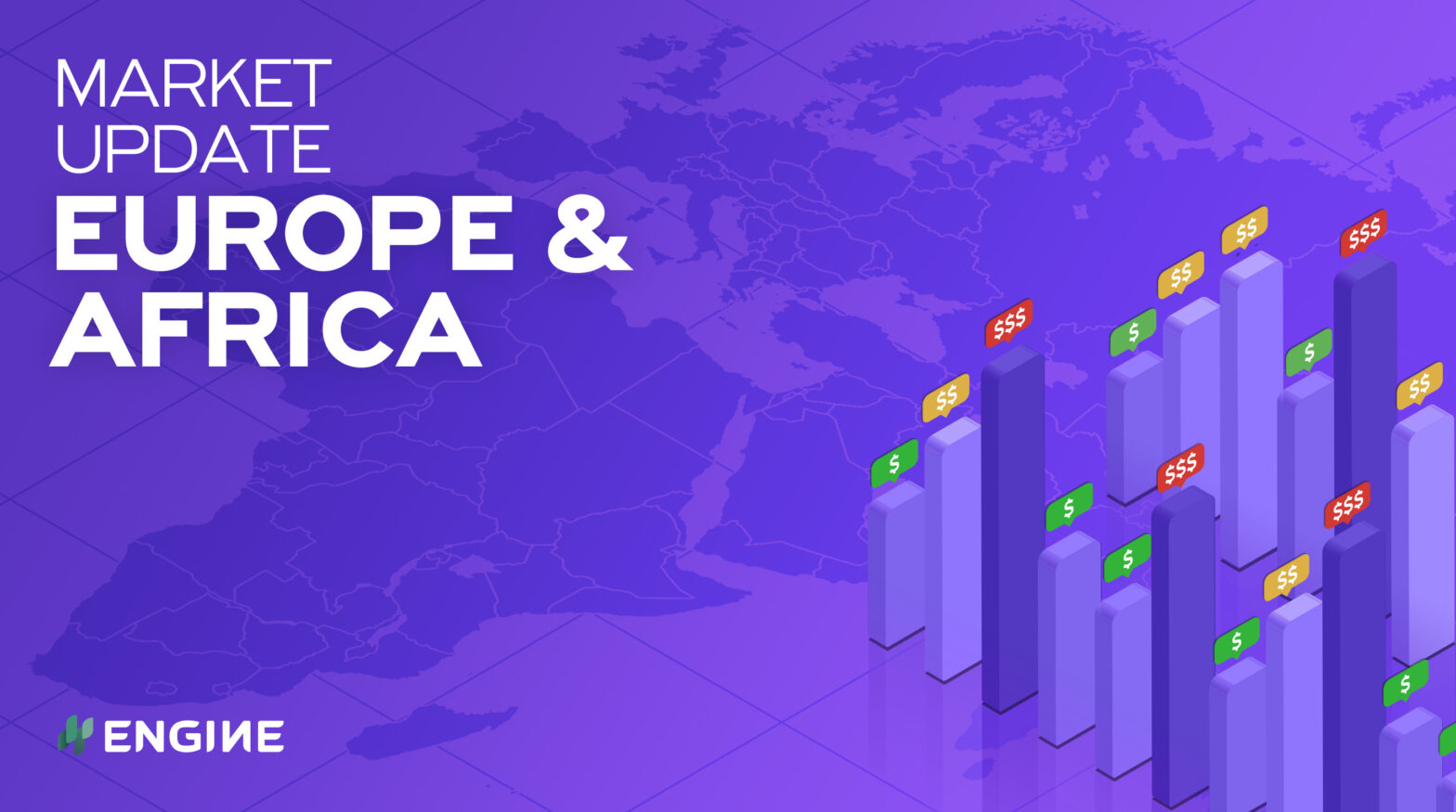Bunker prices continue to rally with Brent as the futures contract rises above $79/bbl for the first time in three years.
Changes on the day to 10.30 GMT today:
- VLSFO prices up in Durban ($15/mt) and Rotterdam ($8/mt), and steady in Gibraltar
- LSMGO prices up in Rotterdam and Gibraltar ($12/mt) and Durban ($3/mt)
- HSFO prices up in Rotterdam ($9/mt) and Gibraltar ($8/mt)
The Brent rally has pushed VLSFO, LSMGO and HSFO380 prices in Rotterdam, Gibraltar and other European ports to their highest point since before the pandemic. Bunker prices were last this high when most of the global shipping fleet transitioned to low sulphur fuels and delivery logistics came under sustained pressure around January 2020.
VLSFO prices have not quite kept up with Brent’s upward pull this month, however. Rotterdam and Gibraltar’s VLSFO prices have gained by 9% since the start of September, and Durban’s price only by 2%, compared to a Brent gain of 10%.
VLSFO supplies have tightened among several suppliers in Istanbul and boosted prices against other regional ports. Its VLSFO price has flipped to a $4/mt premium over Piraeus today. Its premium over Novorossiysk has widened from around $60/mt last week, to $80/mt now.
VLSFO prices in Istanbul, Piraeus and Novorossiysk since 1 August
No timeline has been given for when the Turkish suppliers will be resupplied. By contrast, availability of the fuel grade remains steady in Novorossiysk and other Black Sea ports.
Calm weather in the Gibraltar Strait has allowed suppliers to work through backlogs over the weekend. Bunkering at anchorage is going ahead as normal in Gibraltar Strait ports and Las Palmas. High swell could disrupt outer anchorage bunkering in Las Palmas and push deliveries into the more limited space in the port’s inner anchorage.
Lisbon and a string of Portuguese ports, including Portimao, Lagos, Sines, Setubal and Leixoes have been pricing VLSFO at $5-7/mt discount to Gibraltar this morning.
Lisbon’s price has dipped below Gibraltar’s after hovering $5-10/mt over Gibraltar’s price last week.
Prompt supply available across the ports, and the Portuguese prices were quoted for delivery this week only.
Brent
Front-month ICE Brent has jumped $1.80/bbl higher on the day since Friday, to $79.22/bbl at 10.30 GMT today.
Brent has been rallying for five straight days amid supply concerns. Persistently shut in offshore crude production in the Gulf of Mexico, and an inability of some OPEC+ members to pump enough oil to fill their production quotas.
US crude inventories have slumped to their lowest point since October 2018, which was also the last time Brent made it above the $79/bbl mark. The majority of US offshore crude production was shut in when suppliers braced for the impact of Hurricane Ida a month ago, and some platforms incurred long-term damage. Crude inventory draws have accelerated as a result.
Some OPEC+ members have been unable to raise output in line with the group’s policy of easing output cuts by 400,000 b/d in each month between August and December this year. A lack of investment and maintenance issues have led Nigeria and Angola to fall 276,000 b/d short of their combined 2.83 million b/d production quota so far this year, according to Reuters.
Tightening natural gas supplies and surging prices could prompt more power plants than usual to switch to cheaper fuel oil and gasoil, especially as the colder winter months approach in the northern hemisphere. Oil prices will be under sustained pressure, according to OANDA analyst Jeffrey Halley.
“Brent crude will have resistance at USD 79.50, the intra-day high, followed by USD 80.00 a barrel. It should then move quickly to USD 82.00, and a rally to the [2018] highs around USD 87.00 a barrel in the days ahead is not inconceivable,” he says.
